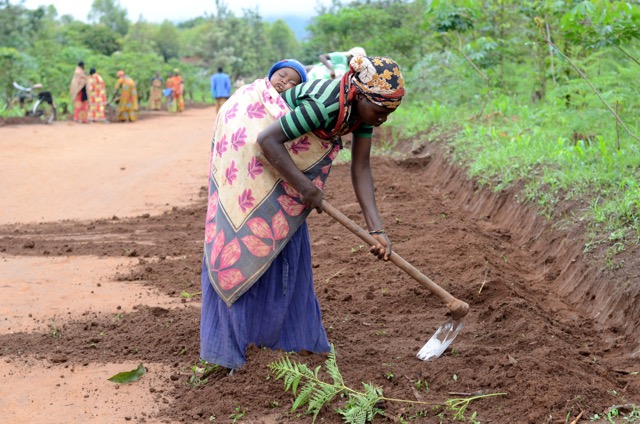8 facts about Burundi's malaria epidemic

In 2017 alone, 6.4 million cases of malaria have been recorded in Burundi.
- Nearly twice as many cases have been reported than the country's entire population
Since 2015, more than 19.7 million cases of malaria have been recorded in Burundi. With a population of 11.5 million, that's the equivelent of nearly every Burundian getting malaria twice in the past two years. - People in the worst affected areas are getting malaria several times a year
Some areas are worse than others. In the east and north of Burundi, where the malaria epidemic is most severe, people are getting malaria multiple times a year. - December and January usually see the highest number of malaria cases
Standing water from the rainy season in September to November leaves ample grounds for malaria-carrying mosquitos. The mosquitos historically become most active in December and January, when, in the past, the highest number of malaria cases have been reported. - Children are the most vulnerable to a malaria infection and make up the majority of Burundi’s cases
In one clinic in Karuzi, 90 per cent of all malaria cases reported in one month were of children.
In November 2017, newborn twins Bukuru and Butoyi were born in Karusi and nearly immediately after their mother was diagnosed with malaria. The twins' mother - Petrina - worries the children will be infected too. - The rise of malaria in Burundi is caused by numerous factors
Climate change, population density, shifting agricultural practices, food insecurity and lack of knowledge and action to prevent malaria are contributing to the spread of the disease. - Malaria matched with malnutrition puts children in double jeopardy
2.6 million people in Burundi will not have enough food to eat by the end of the year, says the Integrated Food Security Phase Classification - a global body predicting food crisis. When children don't have enough food to eat, their bodies are weaker, making them more susceptible to disease. - Malaria is preventable
Mosquito nets and spraying homes with long-lasting insecticides are safe, proven ways to prevent malaria. World Vision has provided 58,000 mosquito nets to families in World Vision Burundi project areas and sprayed the homes of 1.1 million people. - Malaria is treatable
When caught early, malaria can be treated with three tablets, taken over the course of three days.
World Vision trains community health volunteers to test for malaria and treat moderate cases. In total, more than 1,500 volunteers have been trained, who have treated 89,000 cases. Malaria treatment medication has also been provided to health centres throughout the country.
Share





